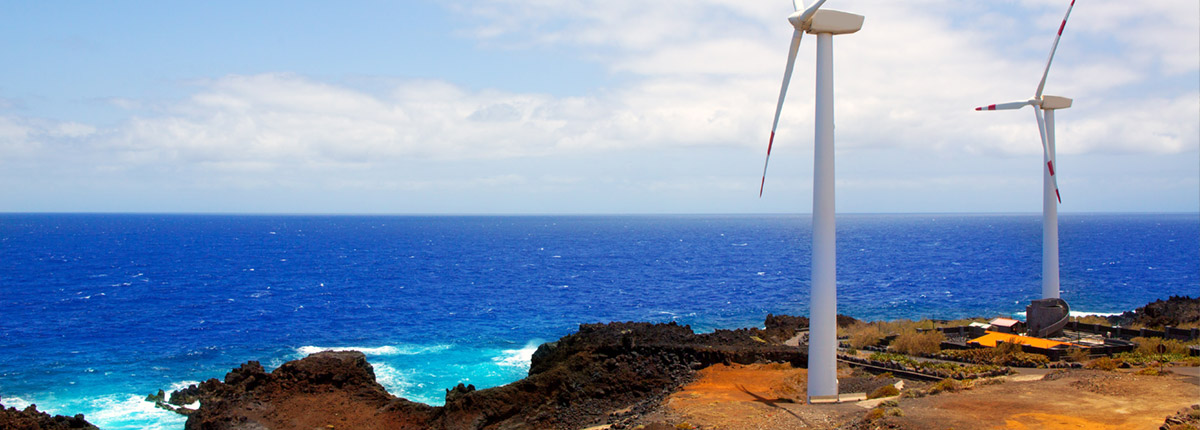CASE STUDY 5
Canary Islands

Location
The Canary Islands, Spain.
Key Facts
The agricultural sector is the largest water user in the Canary Islands, where bananas, wine, potatoes and tomatoes are the main exports.
Actions
ARSINOE will focus on the ecological transition and vulnerability of aquifers in volcanic islands and will put further efforts into the primary production including agriculture, forestry, fisheries and aquaculture, water management and clean energy infrastructure. ARSINOE will take into account the interdependence between water and agriculture. Having the agricultural sector as the largest water user in the Islands, greater sustainability within the water sector will positively affect the agricultural sector and the water and energy situation of the archipelago.
Expected impacts
The project foresees to establish the starting point of the Canarian archipelago with respect to the vulnerability produced in the insular aquifer by agriculture and livestock, defining and quantifying the limits that should not be crossed in the islands in this aspect. In addition, the energy impact of this nexus on the Canary Islands will also be established, so that it may also be the starting point for reducing emissions related to agriculture in the Canary Islands. In this way, the Canary Islands seek to lead the way in water and energy saving in the agricultural sector, within the Macaronesia region (formed by the Azores, Madeira, Cape Verde and the Canary Islands).




